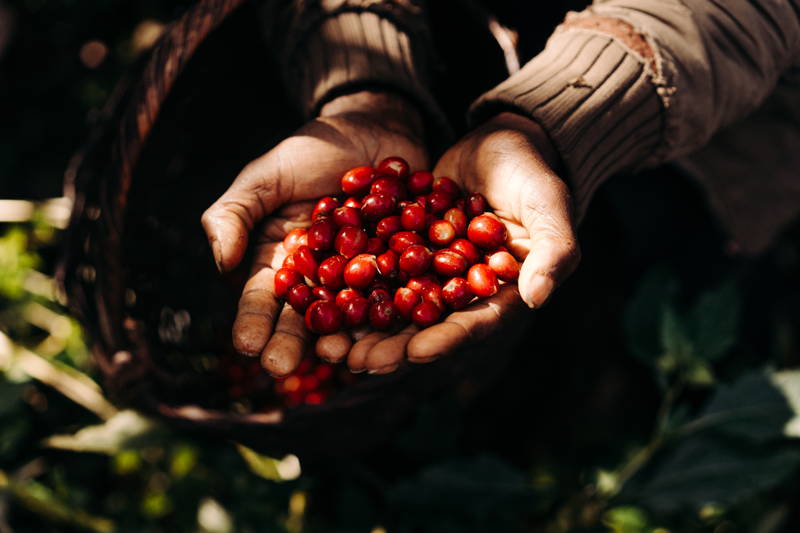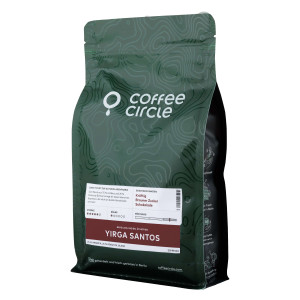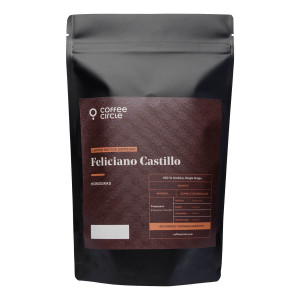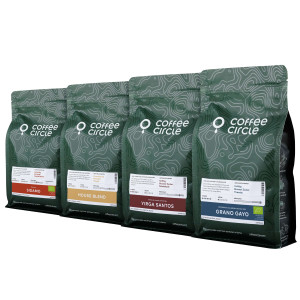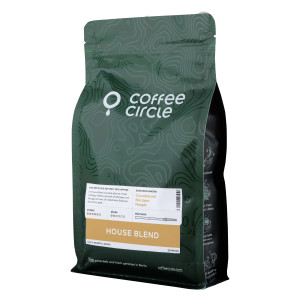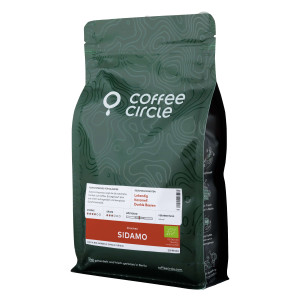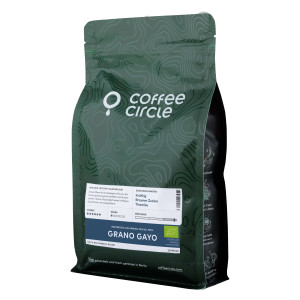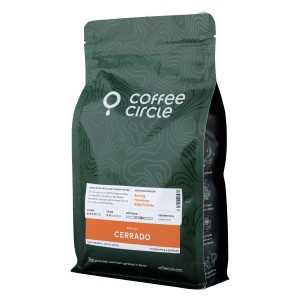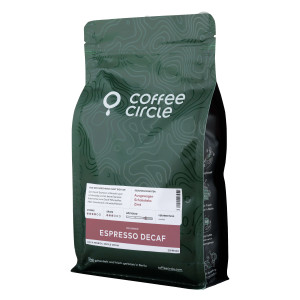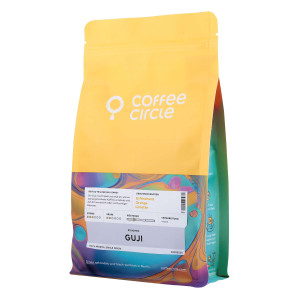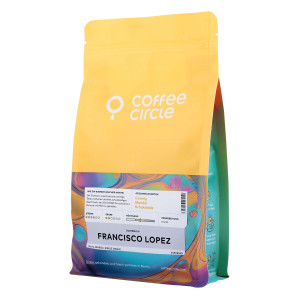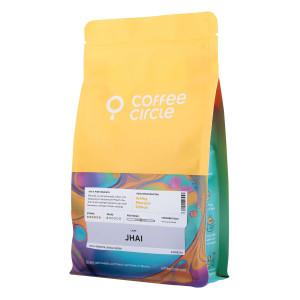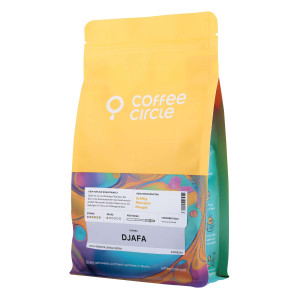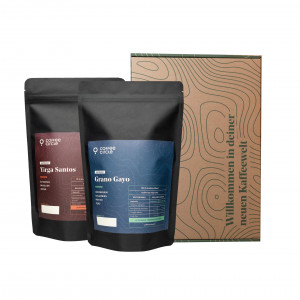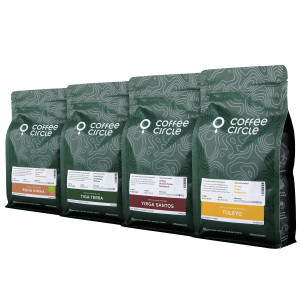The Espressos with 100% impact
High wages for farmers, the world's best green coffee for espresso & multiple award-winning master roasters. ✓ Traded directly & fairly ✓ Freshly roasted for your espresso ✓ Climate-neutral shipping
Espresso – from fruity to chocolaty, there's something for everyone!
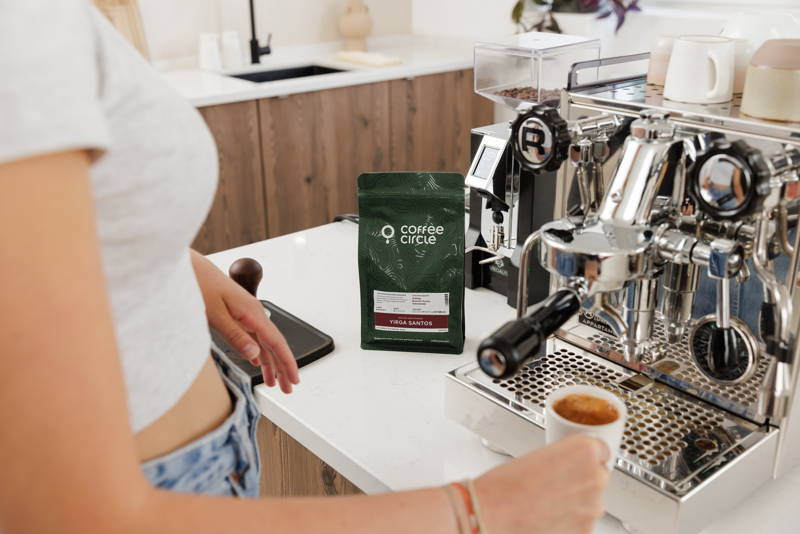
Strictly speaking, the term espresso does not refer to speed, but to a drink specially and expressly (ital. espressivo) prepared fresh for the guest.
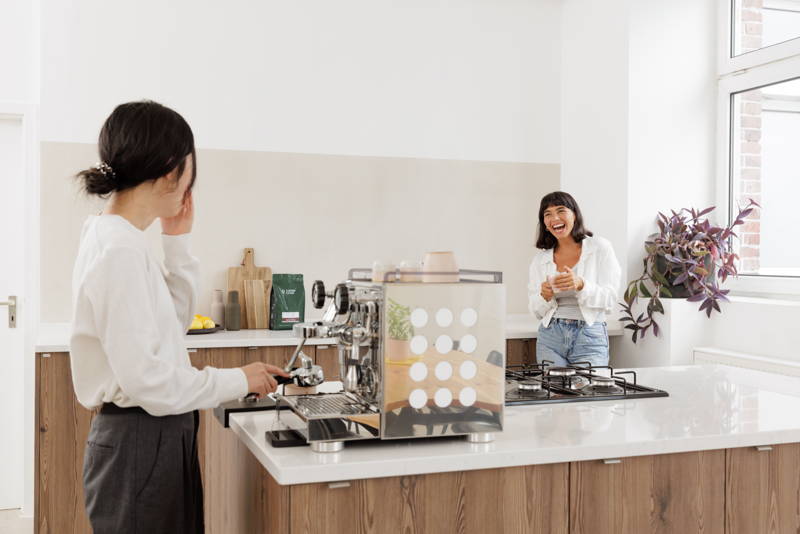
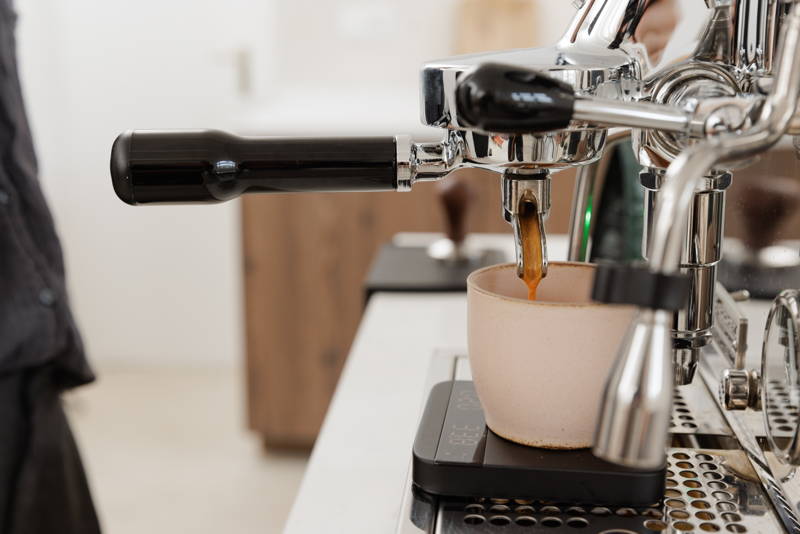
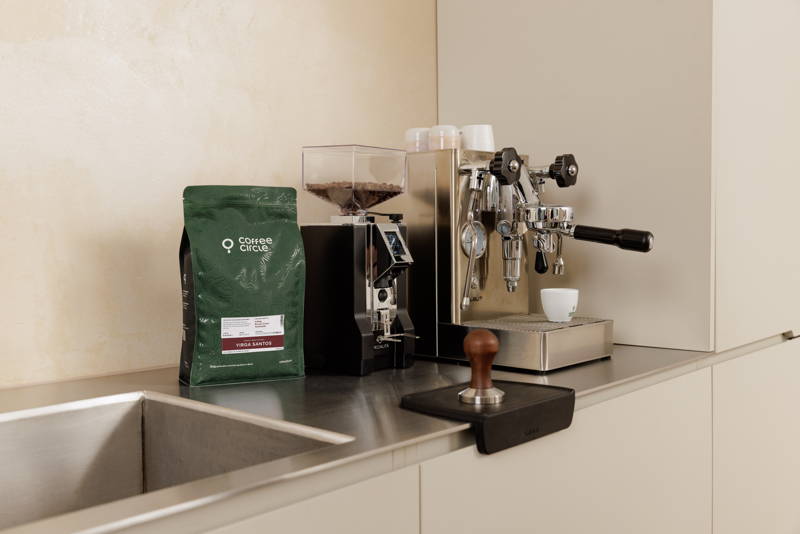
How is espresso different from coffee?
In the roasting
The beans for espresso and coffee come from the same plant. The differences are therefore found in the roasting, preparation and, of course, later in the taste. Espresso beans are roasted for a little under 20 minutes, while coffees are usually roasted for about 13 minutes. Accordingly, espresso beans usually differ in color from coffee beans. They are darker due to the longer roasting time and often shiny due to escaping coffee oils.
In caffeine level
A cup of espresso has less caffeine than a cup of coffee. This is because a cup of espresso usually contains 25 to 30 ml. If you compare the caffeine content of 100 ml of espresso and 100 ml of filter coffee, espresso contains more caffeine than filter coffee.
In the preparation
For a simple espresso, the coffee beans are first ground particularly finely. With an espresso machine, water at a temperature of 90 to 96 °C is forced through 13 to 18 g of ground coffee at a brewing pressure of 6 – 9 bar for about 25 to 35 seconds, yielding a beverage quantity of about 25 to 35 ml. There are an infinite number of preparation methods for filter coffee. The brewing process usually takes 2 to 6 minutes, depending on the preparation method, during which the coffee is brewed and then filtered. For filter coffee, the beans are ground much coarser. The ground coffee is then placed in a paper filter (it is recommended to rinse it once with water before use) and gradually brewed with hot water. This method is also known as the „pour over“ method. Alternatively, the coffee is placed in a vessel such as a French Press, filled with hot water, stirred and allowed to steep for several minutes – this is known as „full immersion“. When preparing filter coffee, the water is heated to 92 to 96 °C, depending on the type of coffee and personal taste.
In the taste
Espresso usually tastes much more intense than filter coffee. The reason is the higher pressure during extraction and the resulting higher amount of dissolved mass from the beans in the water.
Click here for step-by-step instructions on how to make espresso with an espresso machine.
In the video we explain you the basics of the optimal preparation of espresso
Why does espresso sometimes taste fruity?
How your espresso tastes in the cup depends on the preparation, roasting, variety, origin and preparation. However, the full flavor potential is already in the bean, because coffee is a fruit. Coffee beans are the seeds of the coffee cherry. During processing, the coffee beans must be separated from the pulp. Different methods are used for this, which have a great influence on the taste. In processing, we distinguish between sun-dried (natural) and washed coffee. With washed coffee, the flavor is clearer and more nuanced than with natural coffee. Sun-dried coffee, on the other hand, surprises with its exceptional sweetness. Both processing methods produce coffees with distinctly fruity flavor notes. However, the longer and darker the coffee is roasted, the more its fruity characteristics recede into the background.
Here you can find more information about the processing of coffee:
